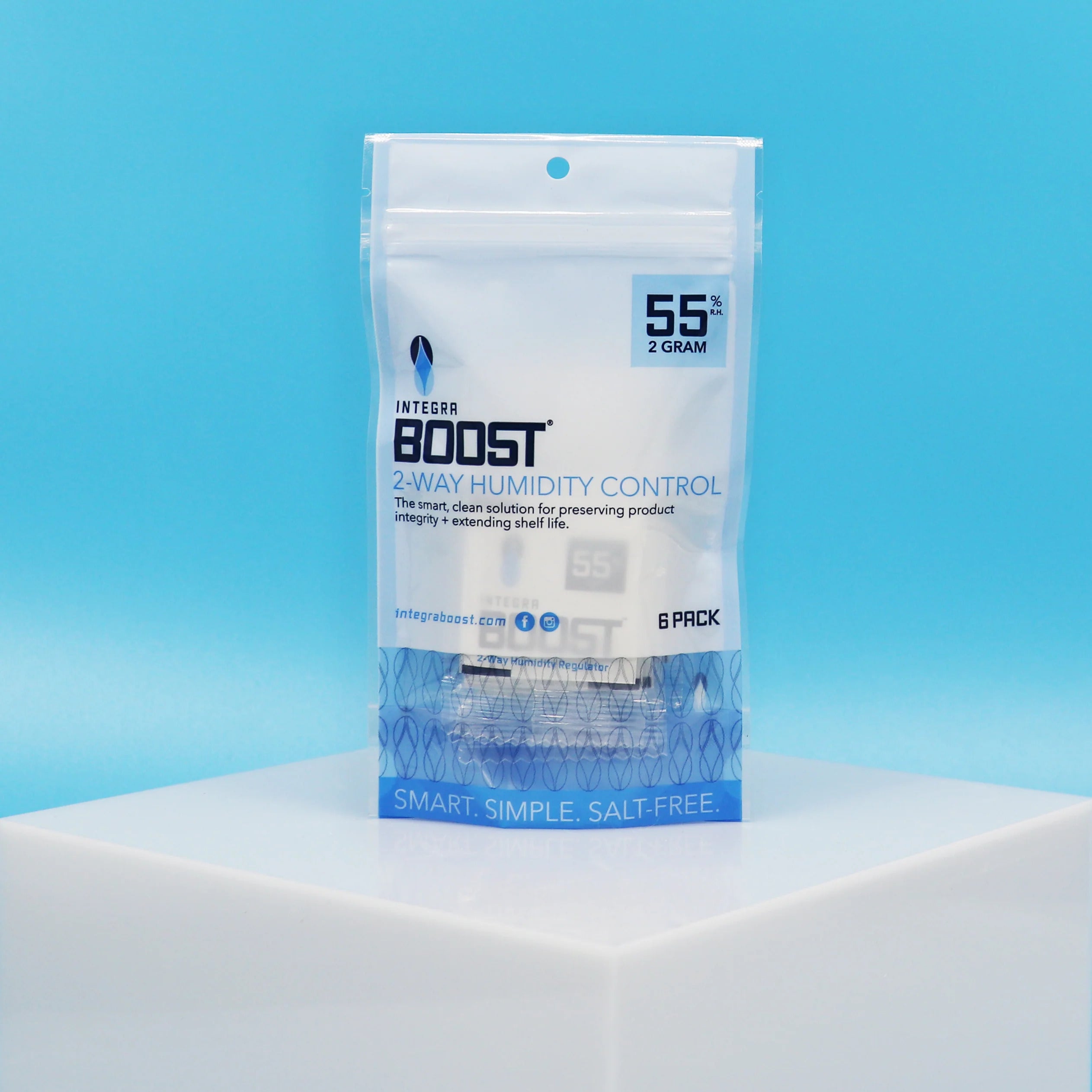- Logistics-Centered Packaging Design: The Foundation of Efficient Supply Chains
- Cost Benefits of Logistics-Optimized Packaging
- Protection and Compliance Considerations in Transit-Ready Packaging
- Sustainability and Logistics Efficiency: A Dual Advantage
- Practical Design Strategies for Logistics-Friendly Packaging
- Future of Logistics-Integrated Packaging Design
Why Packaging Should Be Designed With Logistics in Mind
Packaging serves multiple functions beyond simply containing a product. When designed with logistics considerations at the forefront, packaging becomes a strategic asset that can significantly impact operational efficiency, cost management, and environmental footprint. Understanding the relationship between packaging design and logistics creates opportunities for businesses to optimize their entire supply chain.
Logistics-Centered Packaging Design: The Foundation of Efficient Supply Chains
Logistics-centered packaging design considers the entire journey a product takes from manufacturing to end user. This holistic approach ensures that packaging performs optimally at each stage of the supply chain. According to research on B2B supply chains, companies that integrate packaging and logistics planning can reduce transportation costs by up to 15% while improving delivery reliability.
The dimensions, weight, and structural integrity of packaging directly influence shipping efficiency. Standard-sized packaging that aligns with common shipping containers and pallets minimizes wasted space and allows for more products per shipment. This dimensional planning becomes especially critical for international shipping, where space optimization can lead to substantial cost savings.
Cost Benefits of Logistics-Optimized Packaging
When packaging is designed with logistics in mind, several cost advantages emerge:
- Reduced dimensional weight charges from carriers
- Lower material costs through right-sizing
- Decreased damage rates during transit
- Minimized handling costs in warehouses
- Improved efficiency in automated systems
These savings compound throughout the supply chain. For example, packaging that efficiently maximizes palletization not only reduces shipping costs but also optimizes warehouse storage capacity and loading/unloading times.
Protection and Compliance Considerations in Transit-Ready Packaging
Product protection remains a primary function of packaging, particularly during the rigors of transportation. Packaging designed for logistics must withstand various handling conditions, temperature fluctuations, and potential impacts. For temperature-sensitive products, specialized cold chain packaging solutions ensure product integrity throughout distribution.
Compliance requirements add another layer of complexity. For instance, safety regulations for packaging such as child-resistant features must be maintained while still allowing for efficient logistics handling. These protective measures must be designed to withstand shipping conditions without compromising their functionality upon arrival to the consumer.
International Shipping Considerations
For businesses operating globally, designing packaging for international shipping introduces additional challenges. Different countries have varying regulations, environmental conditions, and handling practices. Packaging must be versatile enough to meet these diverse requirements while remaining cost-effective and protective.
Customs clearance can be expedited when packaging includes proper labeling and documentation. Packaging designed with international logistics in mind often incorporates universal symbols, multi-language instructions, and easily accessible product information to facilitate smooth border crossings.
Sustainability and Logistics Efficiency: A Dual Advantage
Sustainability and logistics efficiency often go hand-in-hand. Packaging that minimizes material usage while maintaining structural integrity reduces both environmental impact and shipping weight. Lighter packages require less fuel for transportation, directly lowering carbon emissions throughout the supply chain.
Reusable transport packaging systems represent a growing trend that addresses both sustainability and logistics efficiency. These systems, which might include returnable containers or pallets, reduce waste while offering consistent dimensions that streamline handling and transportation processes.
Practical Design Strategies for Logistics-Friendly Packaging
Implementing logistics-centered packaging design requires attention to several key factors:
Dimensional Planning
Package dimensions should be calculated to maximize efficiency in standard shipping containers and pallets. This often means designing products and packaging together, rather than creating packaging after product development is complete.
Material Selection
Materials should be selected based on their protective qualities, weight, and sustainability profile. Advanced materials that offer superior protection at lower weights can justify higher initial costs through logistics savings.
Stackability
Packaging that stacks securely reduces the need for additional stabilizing materials and maximizes vertical space utilization in warehouses and shipping containers.
Modularity
Modular packaging systems that can be configured for different products while maintaining standard external dimensions offer flexibility without sacrificing logistics efficiency.
Future of Logistics-Integrated Packaging Design
The future of packaging design will see even tighter integration with logistics systems. Smart packaging with embedded sensors can provide real-time tracking and condition monitoring, allowing for more precise logistics management and quality control. Automation in warehouses and fulfillment centers is driving packaging standardization that facilitates robotic handling.
As e-commerce continues to grow, packaging designed specifically for this channel becomes increasingly important. The unique challenges of individual shipments versus palletized store deliveries require different approaches to protection, sustainability, and dimensional optimization.
Ultimately, packaging that's designed with logistics in mind creates a competitive advantage through cost savings, improved customer satisfaction, and environmental benefits. By viewing packaging as an integral part of the supply chain rather than just a product container, companies can unlock significant value and operational improvements.











Leave a comment
All comments are moderated before being published.
This site is protected by hCaptcha and the hCaptcha Privacy Policy and Terms of Service apply.